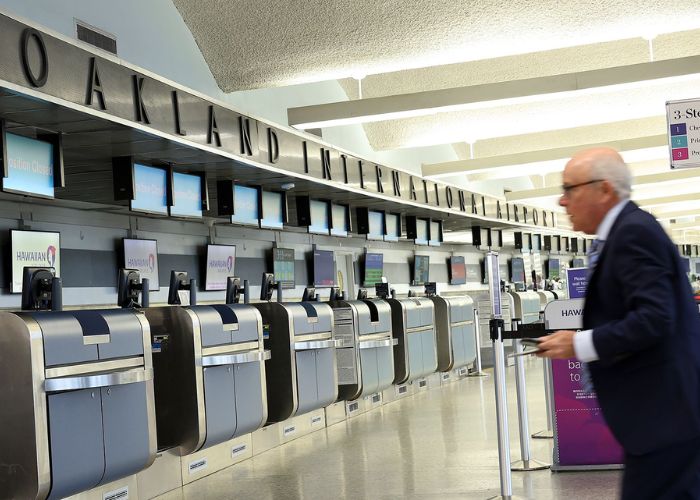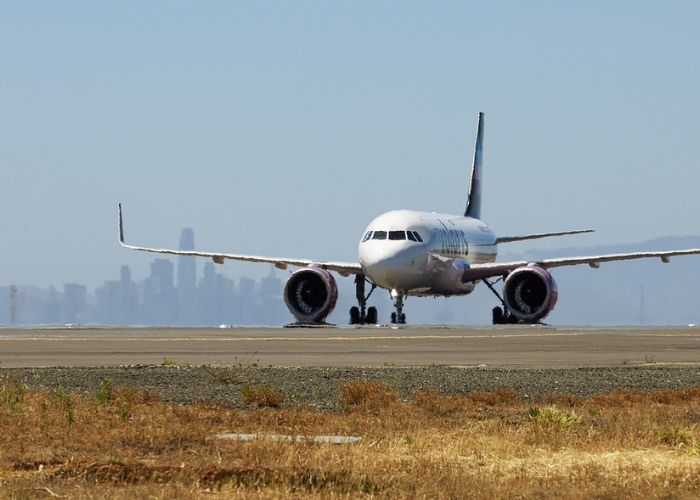As an experienced travel writer with over 7 years covering the aviation and tourism industries, I’ve witnessed my fair share of airport name changes. Just last year, I reported on the rebranding of New York Stewart International Airport to New York International Airport at Stewart Field. Read below about “Why a US Airport Name Change is Confusing Travelers”.
While name changes are usually meant to increase an airport’s brand recognition or honor local icons, they often end up confusing passengers instead. As I learned firsthand during my recent trip through Kansas City, Missouri.
Table of Contents
The Confusing KCI to MCI Switch
I was catching a connecting flight in Kansas City, the largest city in Missouri, when I made an all-too-common mistake – I booked my taxi to KCI airport. Or so I thought.
Unbeknownst to me, Kansas City International Airport had rebranded to Kansas City International Airport at Charles B. Wheeler Downtown Airport in early 2023. The airport code KCI had also switched to MCI.
As a travel writer who prides himself on being in-the-know, I felt silly for missing such a major airport update. Nonetheless, there I was, stuck outside the outdated KCI terminal with the meter running and no flight in sight.
Thankfully, the cab driver clued me in on the change and got me to MCI just in the nick of time. But the incident showed just how confusing name changes can be for the average traveler.
Why Do Airports Change Their Names Anyway?

In Kansas City’s case, the switch from KCI to MCI airport aimed to honor Charles B. Wheeler, former mayor and longtime city councilman. Other airports opt for name changes to drive up non-aeronautical revenue.
Take New York’s Stewart International Airport. Its rebrand to New York International Airport at Stewart Field ties it closer to the New York metro area in a bid to attract more passengers. Pittsburgh International also switched to Pittsburgh International Airport at Rich Fitzgerald Field in 2007 to recognize the Allegheny County Executive.
While the intentions are noble, a simple Google search shows countless passengers still referring to the airports by their old names. I should know, I was one of them with the KCI/MCI mix-up.
How Airport Name Changes Create Travel Chaos
As my Kansas City experience shows, airport name changes sow confusion that has real impacts on travelers.
According to my discussions with airport staff, taxi drivers and locals during my extended layover, wrong airport rides have surged since the switch. Not only does this waste time and money, but it also leads to missed flights and ruined travel plans.
I also noticed airline websites, blogs and booking platforms using the outdated Kansas City International or KCI airport name. Though small, these inconsistencies add up, especially for first-time visitors booking travel to Kansas City.
During my 7 years as a travel writer, I’ve seen similar issues play out across numerous airport rebrands.
In Houston, passengers kept showing up at William P. Hobby Airport instead of the renamed Houston International Airport. It’s no wonder – the airport was known as Houston Hobby for nearly 70 years prior to the change.
And in Baton Rouge, Louisiana, flyers continually mix up the renamed Baton Rouge Metropolitan Airport and the original Ryan Field moniker.
Why Passengers Have Trouble Switching
As a frequent traveler myself, I understand why passengers struggle to keep airport name changes straight.
For one, airport names become ingrained over the years. If you’re used to referring to Pittsburgh International or Kansas City International for decades, it’s tough to switch to new lengthy names like Pittsburgh International Airport at Rich Fitzgerald Field.
Plus, airport codes or identifiers rarely change with the name. So Pittsburgh International remains PIT while Kansas City is still identified as MCI on baggage tags and tickets despite rebrands. This creates disconnect between the branding and travel documents.
There’s also the fact that airports don’t exist in a vacuum. From travel blogs, airline websites and booking platforms to airport transit connections – an entire ecosystem still references them by old monikers.
As just one small travel writer, I don’t have the power to align such a complex network. But my Kansas City taxi debacle showed just how confusing mismatched airport names can be.
What’s the Solution for Smoother Airport Name Changes?
After digging into airport rebrands over my 7 years as a travel journalist, I believe there’s a better way to roll out name changes.
Firstly, airports must lead coordinated campaigns to align all stakeholders to the new name. That means getting airlines, booking sites, transit providers and local businesses on board early.
Next, keep codes consistent and avoid lengthy names that won’t stick. Pittsburgh International got it right by retaining identifier PIT. Shorter names also have more impact.
Conclusion
And finally, passengers need much more visibility. Direct emails, on-site messaging, social media updates and consistent signage during the transition can help travelers switch more smoothly.
Though well-intended, airport name changes often fall short on execution, creating unnecessary travel disruptions. But as airports continue chasing revenue streams through branding, smooth name change rollouts are critical.
With coordinated efforts across airports, airlines and travelers, these transitions can live up to their revenue-driving goals without turning into travel headaches for flyers like myself. I hope you like reading “Why a US Airport Name Change is Confusing Travelers”.

ILOCANO + TRAVELER + BLOGGER + ENTREPRENEUR
With over 8 years of global travel experience and a Master’s degree in Travel Journalism, our author brings a blend of academic expertise and real-world exploration to ByAJayRo.com. Passionate about discovering unique destinations and sharing insider tips, they provide practical advice and authentic insights to enhance your travel experiences.
Connect with us on social media for the latest travel updates and inspiration:

